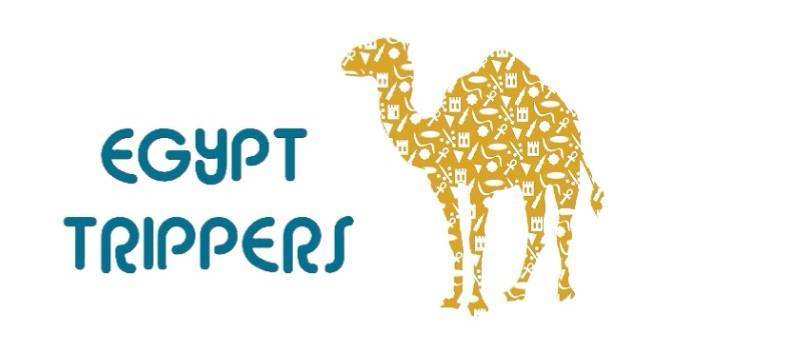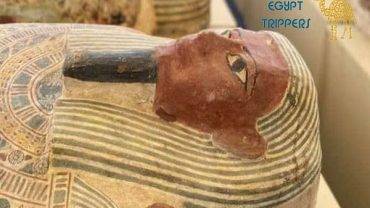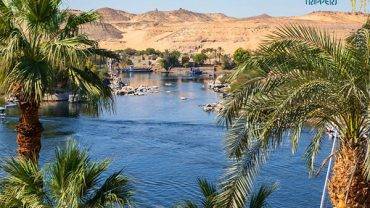The Temple of Seti I can be found in Abydos, about 300 miles south of Cairo, one of the cities you should add to your tour in Luxor. The temple was built by Seti, his son, Rameses II, and I added the various decorations, surroundings courtyards, and other aesthetic works. Seti I, a pharaoh in the Nineteenth Dynasty, was the one who opened mines and rebuilt damaged temples, and continued construction on the hypostyle hall of Karnak.
Importance and Power of Temple of Seti I
The Temple of Seti I played a significant role in Seti I’s family’s claim as a legitimate royal household as they were merely warriors before his ascension. As Akhenaten’s religious reforms moved away from the will of the old gods, Seti I’s decision to dedicate his temple to Osiris and other critical Egyptian deities proposed a return to the conventional way of life, which allowed him to be seen as a bringer of order.
Temple of Seti I is uniquely L-shaped and once had a wharf, a ramp, a front terrace, two pylons, two courtyards and porticos with columns, two hypostyle halls, and seven chapels with other chambers the south for the short leg were added. Chambers built for storage filled the area from the south wing to the front, while the main body of the temple was symmetrical.
A long flight of 42 shallow stairs leads up to Temple of Seti I while the entire area is covered by various images and artworks depicting the life of royalty and Seti I’s military triumphs. However, within the first hypostyle hall, it is interesting that Ramesses II placed decorations over his father’s, though, much like many kings, the entire temple was dedicated to the god Osiris and his various forms.
Start of the List

Seti I’s temple wasn’t just built to worship the gods but legitimatized his rule further through a list carved on the temple wall known as the Abydos King List. There were 76 names of kings that Seti I acknowledged as legitimate pharaohs, but others he denied were removed from the list, such as Hatshepsut and Akhenaten.
This list is the only source of names of many kings from the first two Dynasties which were ever found which patched some holes in Ancient Egyptian History but the monument itself is a spectacular piece of work which is visited by thousands today.
Epic of a Ruler
Seti I’s place in history is often overshadowed by his son, Ramesses II, though he was arguably one of the best pharaohs in Egyptian history as he brought back order and re-establish Egyptian might over its eastern neighbors following the social turmoil caused by Akhenaten’s religious reforms. This means that his military artworks are some of the best found in temples.




Comment (0)